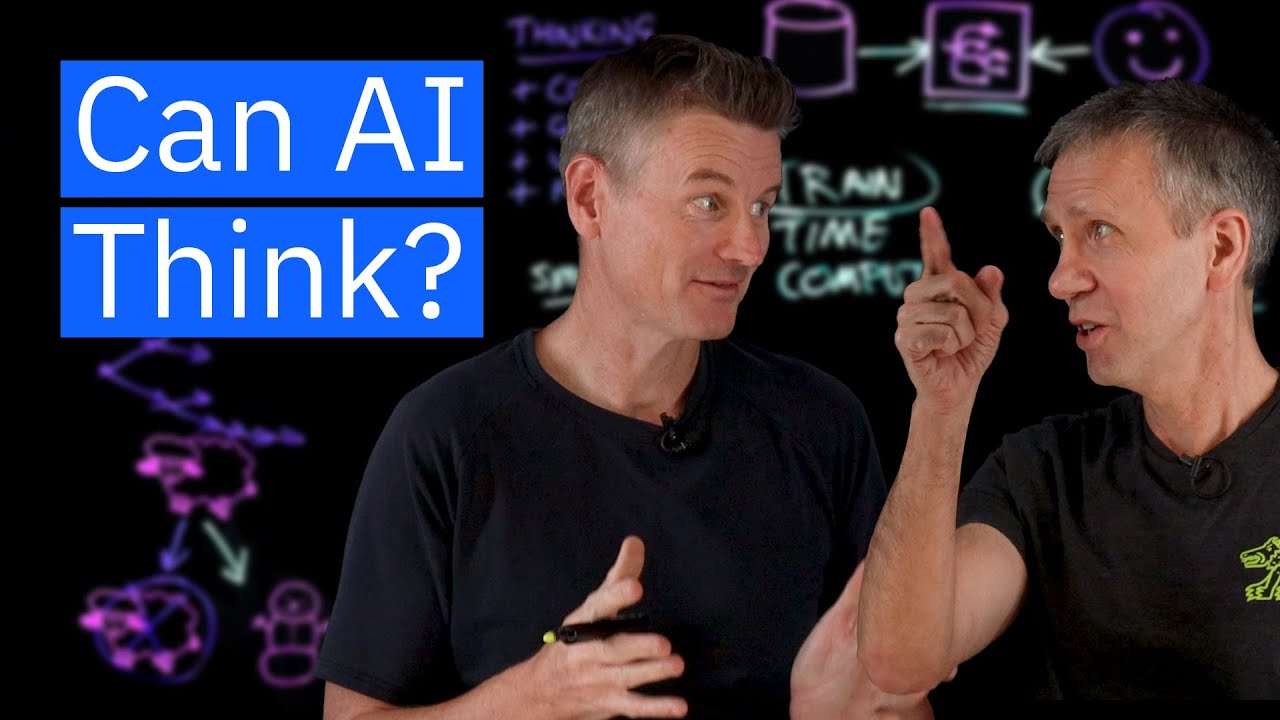In a discussion between Jeff and Martin, they explore whether AI can truly think or if it merely simulates thought, highlighting the limitations of large language models (LLMs) in understanding concepts and reasoning. They conclude that while LLMs can produce coherent responses through pattern matching and prompt engineering, they lack genuine understanding and consciousness, raising philosophical questions about the nature of thought itself.
In a conversation between Jeff and Martin, they explore the question of whether AI can truly think or if it merely simulates thought. The discussion begins with a math problem posed by Jeff, which highlights how AI, particularly large language models (LLMs), can struggle with extraneous details. Martin points out that a recent research paper suggests LLMs rely on probabilistic pattern matching, which can lead to incorrect conclusions when faced with additional information that typically influences the outcome in their training data.
Jeff explains that LLMs often come to the right answer without a genuine understanding of the concepts involved, which can result in reasoning errors. They discuss the concept of token bias, where small changes in input can significantly affect the model’s output. This leads to the realization that LLMs function similarly to advanced autocomplete systems, predicting not just the next word but entire sentences or paragraphs based on learned patterns.
The conversation shifts to the evolution of AI reasoning, with Jeff noting that while LLMs currently lack true understanding, advancements are being made. They discuss the difference between training time compute and inference time compute, where the latter allows models to spend time reasoning before generating an answer. This approach can lead to improved reasoning capabilities without altering the underlying model.
Martin highlights the importance of prompt engineering, particularly through techniques like chain of thought prompting, which encourages LLMs to outline their reasoning steps. This method can enhance the model’s performance by guiding it to think through problems more thoroughly before arriving at a conclusion. Jeff emphasizes that researchers are optimistic about future improvements in AI reasoning due to these developments.
Ultimately, the discussion raises philosophical questions about the nature of thought itself. While AI operates through algorithms and electrical impulses, human thought is similarly based on neural activity. They conclude with a chatbot’s insightful response, distinguishing between genuine thinking, which involves conscious understanding and adaptability, and the simulation of thinking that LLMs perform, which lacks awareness and comprehension. This leaves the audience pondering the true essence of thought and the capabilities of AI.
